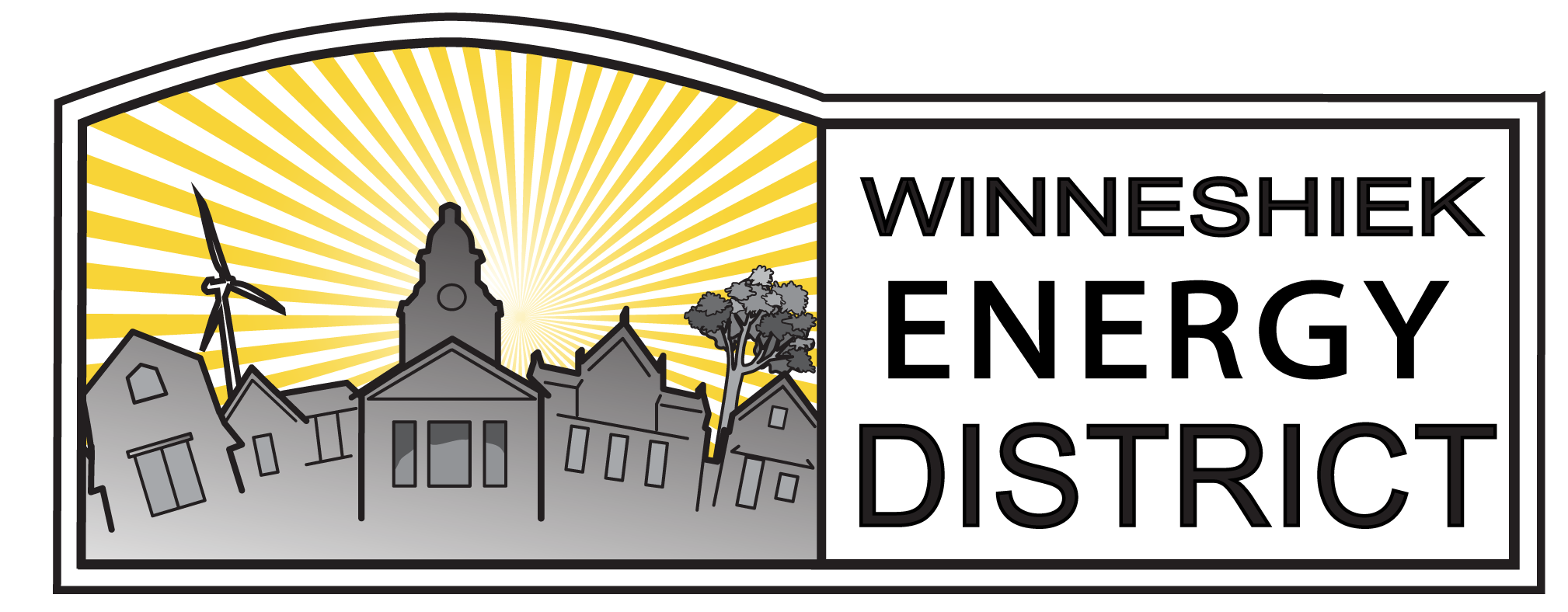Iowa Clean Energy Policy Update
Andy Johnson, Director
OK we’re past the mid-terms, what is the picture for clean energy policy in Iowa?
Not great, frankly, but here are two priorities we can all – whatever your ideology – get to work on, and one long-shot, alley-oop shout-out to Republicans with clean energy leadership inclinations.
First priority: Restore full funding to the Weatherization Assistance Program (WAP). The WAP is a comprehensive home energy improvement program for low to moderate income households, implemented by the Community Action Agencies.
As part of the broader gutting of the energy efficiency programs, the legislature and investor-owned utilities (Alliant, Black Hills, and MidAmerican) cut funding for Weatherization Assistance by over 50%. This could represent a reduction of over $15 million during the next 5-year efficiency program period, and roughly 1,700 households not served.
Most of these households include elderly, disabled, young children, or a combination. These are homes that will never become energy efficient without the funding for WAP, as those living in the homes cannot afford to make the necessary improvements to reduce energy consumption. During the 2018 session, legislators and others were told by the utilities that these low-income programs would be protected from the cuts of SF2311. Not true.
Though we all lose from these cuts (thousands of contractor jobs, and over $200 million/year return on efficiency investments), lower income households are clearly hurt the most. The legislature could fix this with a simple piece of legislation that exempted the WAP program from the recently established caps, and mandated continued funding at 2017 levels or higher.
Second priority: Considering Solar? Do it NOW, and help defend against a likely utility attack on net metering at the Iowa Utilities Board in 2019.
As you probably know, net metering is important to economically viable customer-owned solar, and the tremendous “energy prosperity” that locally-owned renewable energy brings to communities. It represents a fair exchange between solar customer/owners and utilities: customers get to “bank” overproduction in the grid for use when the sun isn’t shining, and utilities get significant value from the location and timing of that surplus power.
Investor-owned utilities are not fans, because lower sales represent lower profits and ultimately, share value. Alliant and Mid-American attempted to kill net metering at the Iowa Utilities Board back in 2016, but thanks to a state-wide coalition including your Energy District (and many of you), the IUB ordered the continuation of net metering in “pilot” version for another three years.
We fully anticipate that Alliant and Mid-American will file another IUB docket to eliminate net metering in 2019, and the outlook is not rosy. We will fight it, but if you’re considering solar, talk to your contractors and DO IT NOW. And in case net metering isn’t enough incentive, remember that the tax credits will start declining in value in 2020.
Now for the alley-oop: a 100% Clean Energy Prosperity policy vision for Iowa.
Every Iowa community and county would benefit from the distributed jobs and investment of policies such as stronger and more innovative energy efficiency programs, or a Minnesota-style community solar program. While those programs do not appear likely in the current legislature, there are clearly energy efficiency and renewable energy advocates in BOTH parties. The Governor herself led the creation of the Iowa Energy Plan, which includes within its purpose
“ … a pathway to a prosperous energy future that capitalizes on the state’s resources, infrastructure, and workforce talent to promote a healthy economy and environment.”
Clean Energy Prosperity does just that: promotes investment of Iowans, by Iowans, and for Iowans in a clean energy transition that brings prosperity to every county and community, and helps protect the environment we’re gifting our kids. In Winneshiek County alone, for example, over $12 million has been invested in locally-owned solar and energy efficiency in recent years, and that’s just the tip of the iceberg of what’s possible in every Iowa county.
Iowa’s elected leaders could make a bold statement that EVERY Iowa community and county will benefit from energy prosperity. A 100% Clean Energy Prosperity goal needn’t be a mandate, but could still be a valuable and inspiring policy statement. It would create a common vision that Iowa is committed to achieving 100% clean energy and a positive energy balance of trade by 2050, at the state level AND – to the greatest extent possible – at the county level.
Just what is energy prosperity worth, you may ask? Iowans spend about $12 billion/year on energy, and over half of those dollars leave Iowa’s communities and economy. Reaching 100% energy prosperity would generate investment upwards of $40 billion in coming decades – investment that ought to be spread through every county and community and will carry positive return on investment for generations.
A long-shot? Probably. But the clean energy transition represents possibly the greatest opportunity for distributed Iowa prosperity in a generation, and that may just be something Iowa’s leaders can agree on.
